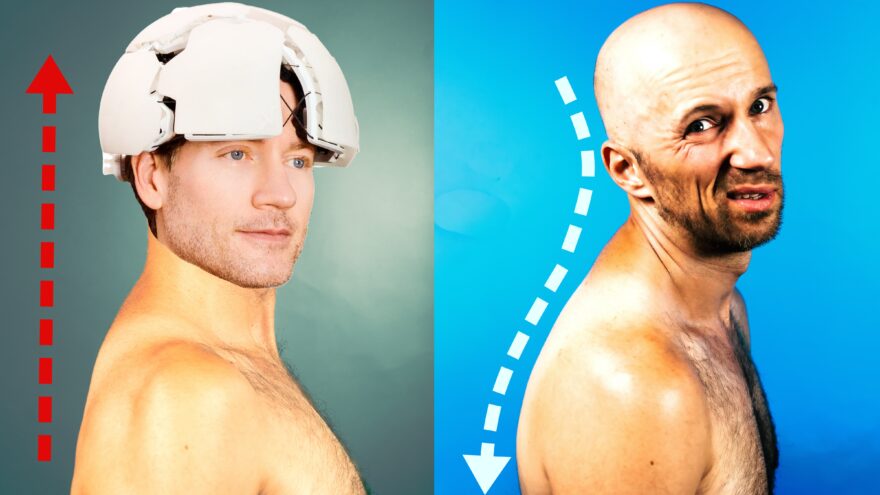Table of Contents
Bryan Johnson: A Man of Many Talents, but is Posture Advice One of Them?
You’ve heard of Brian Johnson, right? The guy who’s been doing some fantastic work in the realm of health and longevity science.
Can we say the same about his postural advice?
I think NOT!
I’ve spent a TON of time dissecting all things posture. What is is, what it is not, and how to “improve” it.
And it’s more complicated than you think.
In this post, I’m going to critique Brian’s 5 posture tips. Be prepared for a research deep dive. And don’t worry, you’ll also get what you should do instead.
Check out the blog, video, and podcast below to learn about it!
Jugular Vein Stenosis: Brian’s Personal Battle
Before we dive in, let’s talk about why Brian Johnson is so interested in posture.
He was recently diagnosed with internal jugular vein stenosis. This is where a major vein in the neck becomes narrowed. This impacts blood flow between the brain and the rest of the body. This could contribute to a cluster of symptoms:
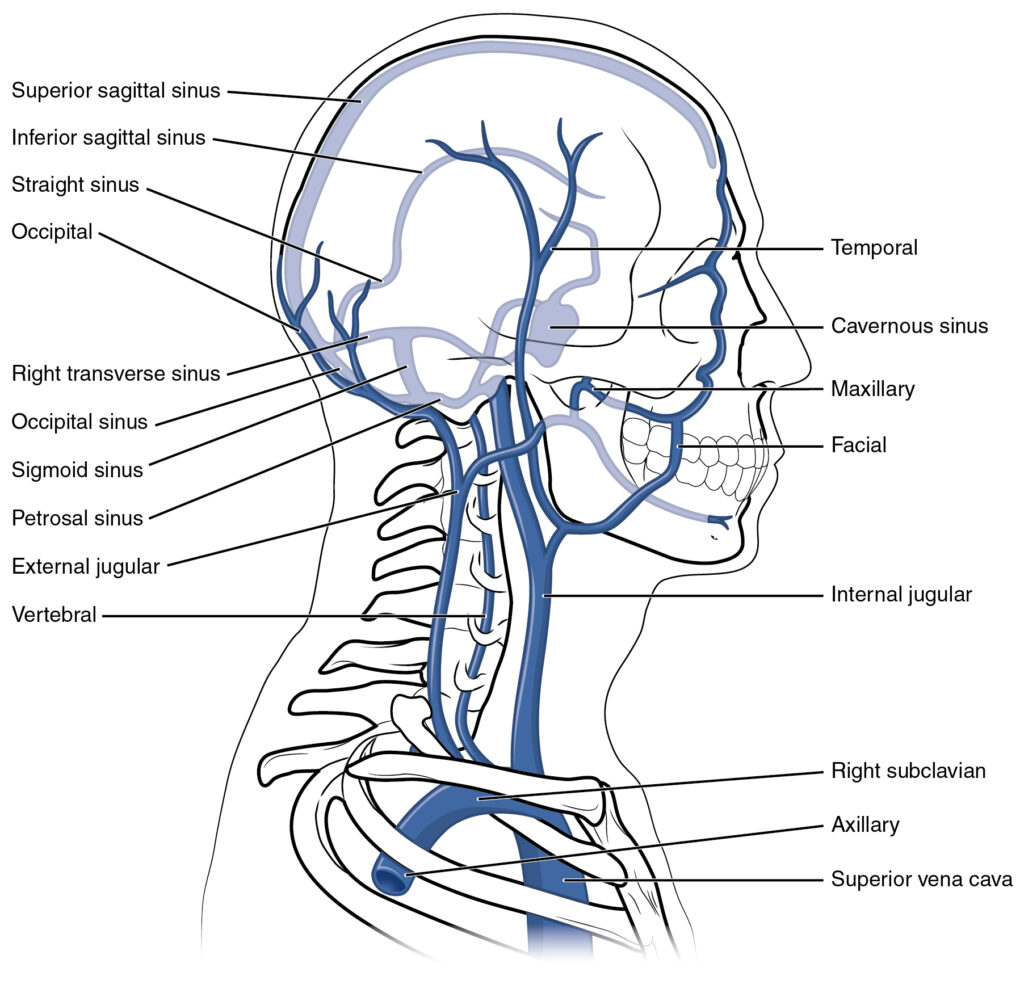
- Headache
- Head noise
- Dizziness
- Eye bloating
- Double vision
- Ringing in the ears
- High-frequency hearing decline (source)
Now, you might be wondering, “What does this have to do with posture?”
Well, according to research, certain postural components could contribute to this stenotic presentation. There were 2 factors that showed up:
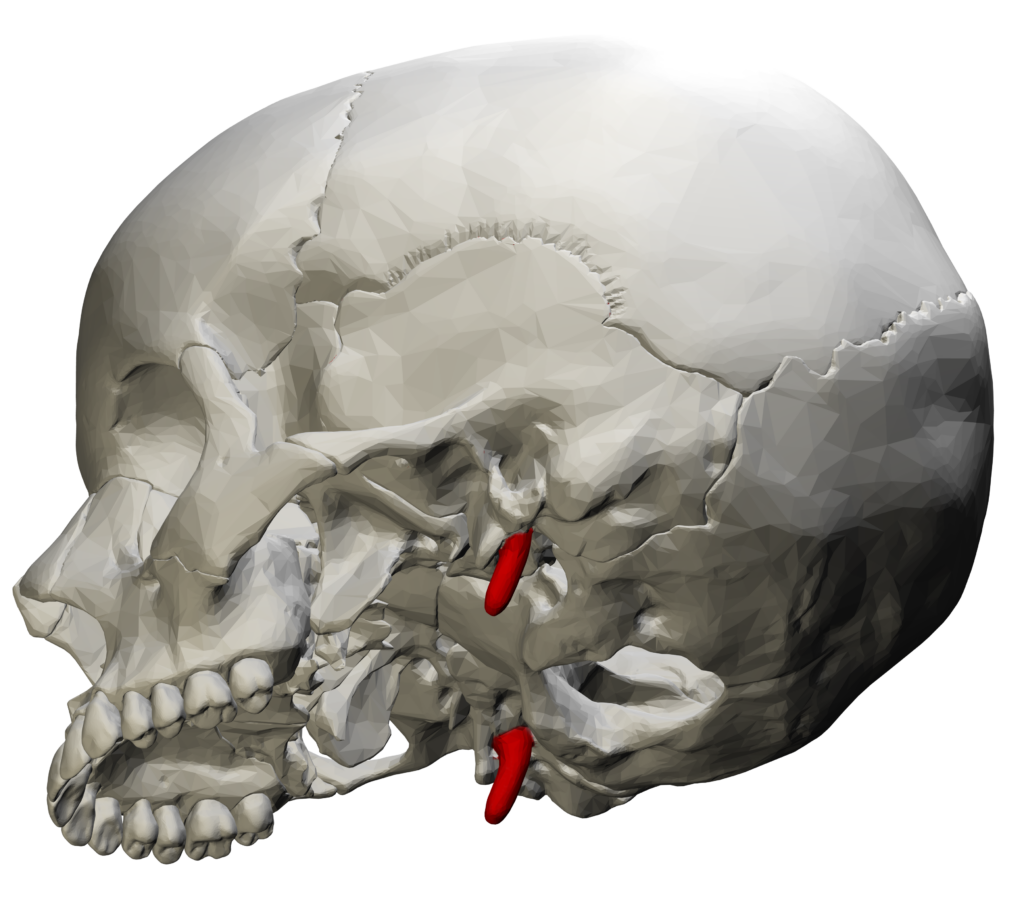
- Enlarged styloid process
- Cervical spondylosis (arthritis)
While you can’t change structural issues, altered posture may help. It’s possible that changing orientation could offload the veins, which may help symptoms.
But is Brian’s approach the best way to improve your posture? Let’s find out.
Brian’s Posture Tips: The Good, The Bad, and The Upright
In the video below, Bryan gave 5 postural tips:
Let’s look at each in-depth, and what the evidence says!
Tip 1: Have an invisible string pull you up tall
Considering we spend a TON of time hunched over our phones and computers, this has to be a good tip, right?
We have to ask what standing does to the jugular veins.
The more upright you are, the more the jugular veins collapse. This is normal. In fact, healthy jugular veins change shapes to accomodate external pressure.
But what if the vein is stenotic?
In this case, the vein can’t adapt and change shape as well. Pulling yourself EVEN MORE UPRIGHT would potentially encourage further collapse.
Moreover, this posture cue doesn’t impact the neck (and vein’s) ability to change shape. Which is the REAL key to having good posture.
Good posture is the ability to assume many postures and shapes. When you hold any one posture, you must increase muscle activity to do so. More active muscles increase pressure. Increase pressure reduces ability to change shape. Now we see why this postural cue does NOT help with vein adaptability.
Tip 2: Avoid phone use
Are phones the reason for all our postural problems?
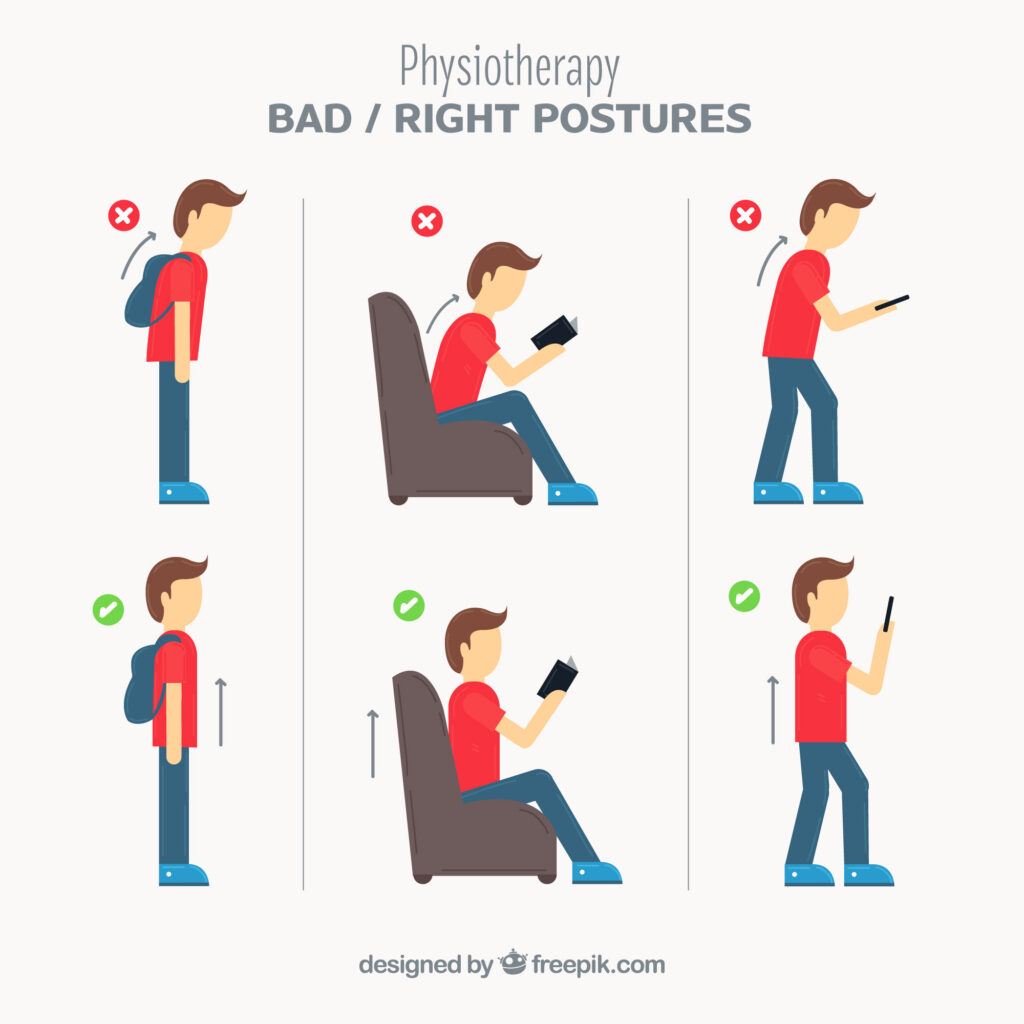
While there is some truth that phone use can impact our posture, it’s not for the reasons you think.
According to these 2 studies (here & here), phone use has a small impact on posture. This is regardless of sitting duration.
But there are 2 things that phone use impacts FAR WORSE than posture.
Breathing and eye health.
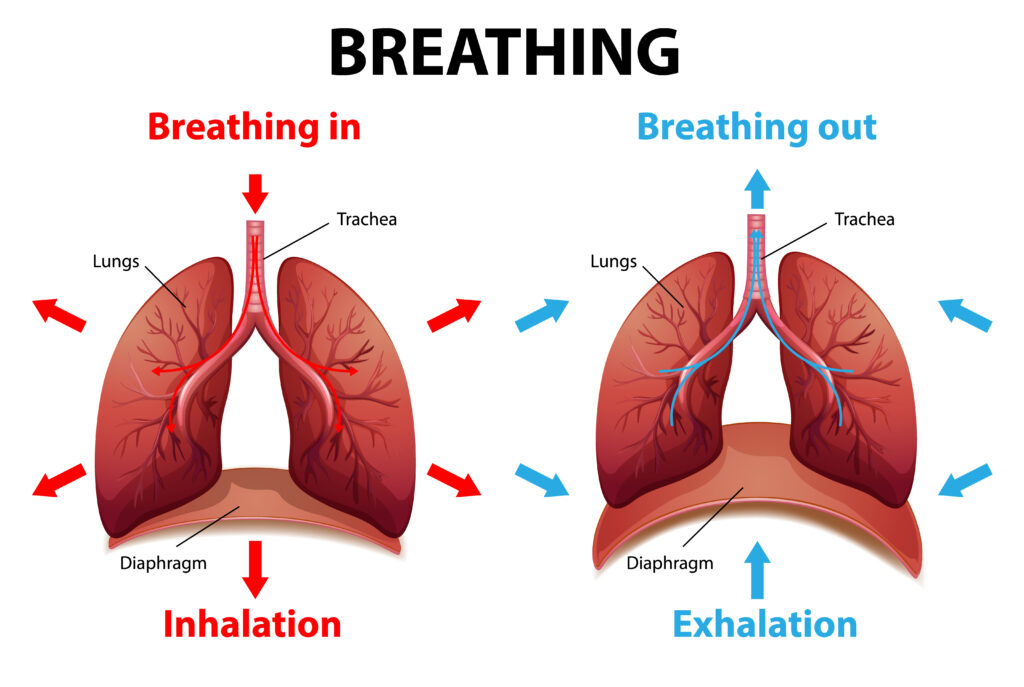
First, breathing. Since it’s eh…kinda important.
Phone use creates an immediate impact on our ability to exhale. It also reduces our inhale muscle strength. Sitting upright doesn’t change the ribcage dynamics needed to improve breathing capabilities.
For eyesight, ciliary muscle (our eye focus muscle) and upper trap activity correlate. This means to more eye tension we create, so to will we at the neck. What’s more, visual dysfunction has a higher likelihood of suffering neck pain. (source 1, source 2).
Sitting up tall while looking at your phone will NOT change the focusing aspect. This is the bigger issue with phone use.
I talk about how to navigate phone use here to help offset this necessary part of modern society.
To sum up, I agree in theory with Bryan, but not quite in practice.
Tip 3 – Move more
I couldn’t agree more with Bryan on this tip. There are TONS of benefits to increased movement throughout the day.
From a posture perspective, the more you move, the more options your body has available. This improves circulation and can reduce focal pressure.
If you want your jugular veins moving and grooving, this is a MUST.
Tip 4 & 5 – Strengthen postural muscles
Is your whack posture due to weak postural muscles?
Not quite.
As we established before, “poor” posture has negative impacts on breathing. If you want to breathe better, you have to address how well the ribcage moves.
In case you need more convincing, peep the following studies:
- Weak correlations between rounded upper back and lung volumes
- Forward head posture decreases common breathing measures and reduces lower thorax mobility
- Slumped posture reduces forced vital capacity
- Forward head posture occurs with mouth breathing to reduce airflow resistance. But this impacts endurance and lung volumes.
Strengthening muscles won’t fix this. That’s because this does not impact ribcage dynamics. How well your ribs move will impact how well you breathe. This, is the real key to improve your posture.
Pulling the shoulders back in particular limits ribcage posterior expansion.
Now there was an exercise Bryan showed that I liked–upper cervical extension.
This movement itself is useful because it opens up the airway. Especially so if you minimize clenching and make it low effort. These were 2 keys his clinician recommended, which I agree with!
So, What Should You Do Instead?
Better postural exercises
The focus ought to be on reducing tension and improving ribcage dynamics. Here are my top 3.
Foam roller rotation
This exercise is all about moving with minimal effort. Here’s how to do it:
- Place a foam roller on the middle third of your ribcage.
- Sag into the foam roller, as if you’re melting into it.
- Rotate back on the inhale (nose)
- Rotate forward on the exhale (mouth)
- Perform 2 sets x 10-20 reps, 2 times per day
Upper back expansion
This exercise aims to restore normal thoracic kyphosis or rounding. Here’s how to do it:
- Grab a mini band and put it around your wrists
- Elbows are lower than your shoulders
- Silent nasal inhale
- On the mouth exhale, rock back so your weight is on your sit bones.
- Spin your arms out against the band.
- Perform 5 sets x 5 breaths, 2 times per day
Downward Dog on Steroids
This exercise opens up the chest and improves upper thorax/lower neck rotation. Here’s how to do it:
- Get on your forearms.
- Silent nasal inhale
- On the mouth exhale, lift your knees up and push your hips back.
- Inhale and turn your head. exhale and turn the other way
- Perform 5 sets x 5 breaths, 2 times per day
Sum up
Those are my thoughts on Bryan’s methods, and what you should do instead.
Remember, posture is not a static thing but is the ability to assume many positions. More movement options reduces strain on ALL tissues. That includes the blood vessel.
While Bryan’s videos have some good tips, many of them aren’t best way to improve posture.
The real key is to manage airflow and reducing tension.
To recap:
- The key to posture is not holding one position, but being able to achieve many.
- The real issue with sitting– impaired breathing and eye health.
- Exercise choice should focus on airway and ribcage dynamics, NOT strengthening postural muscles
The key to good posture isn’t about standing tall—it’s about moving well.
